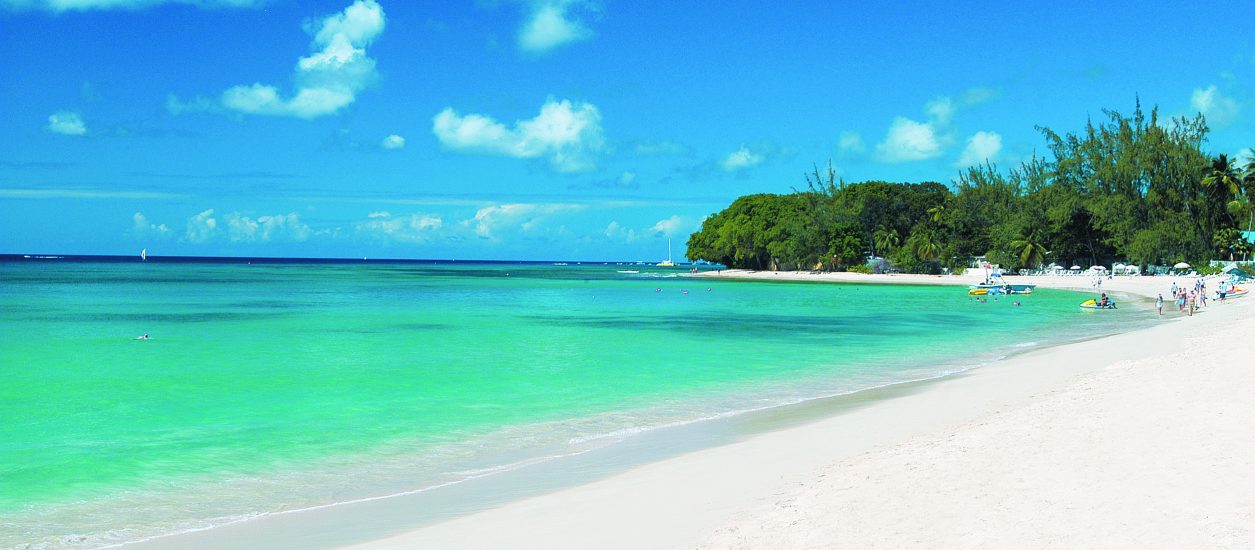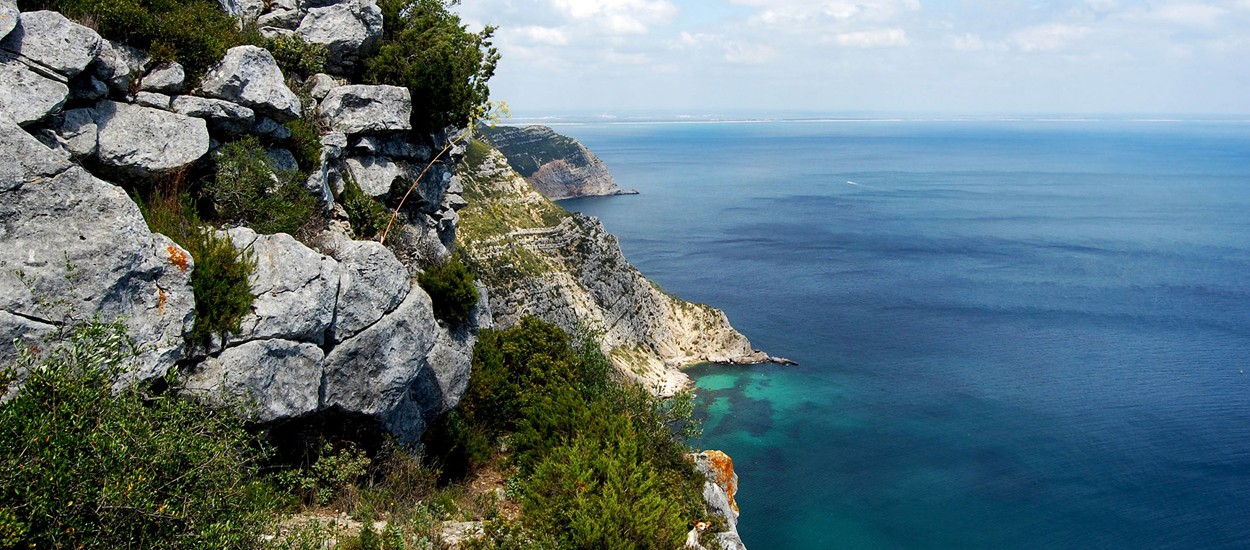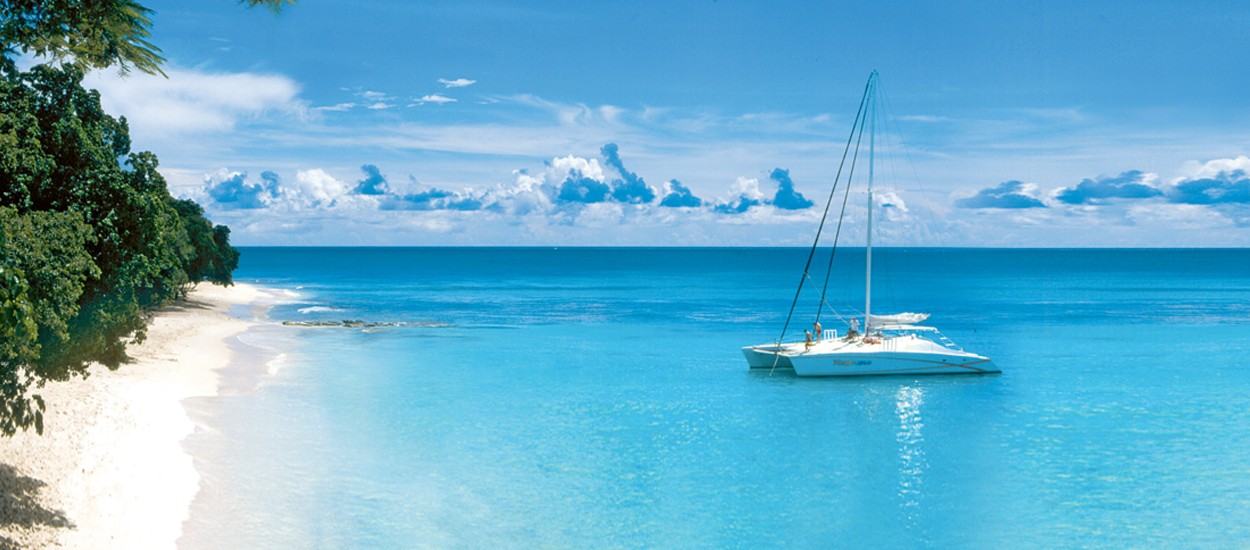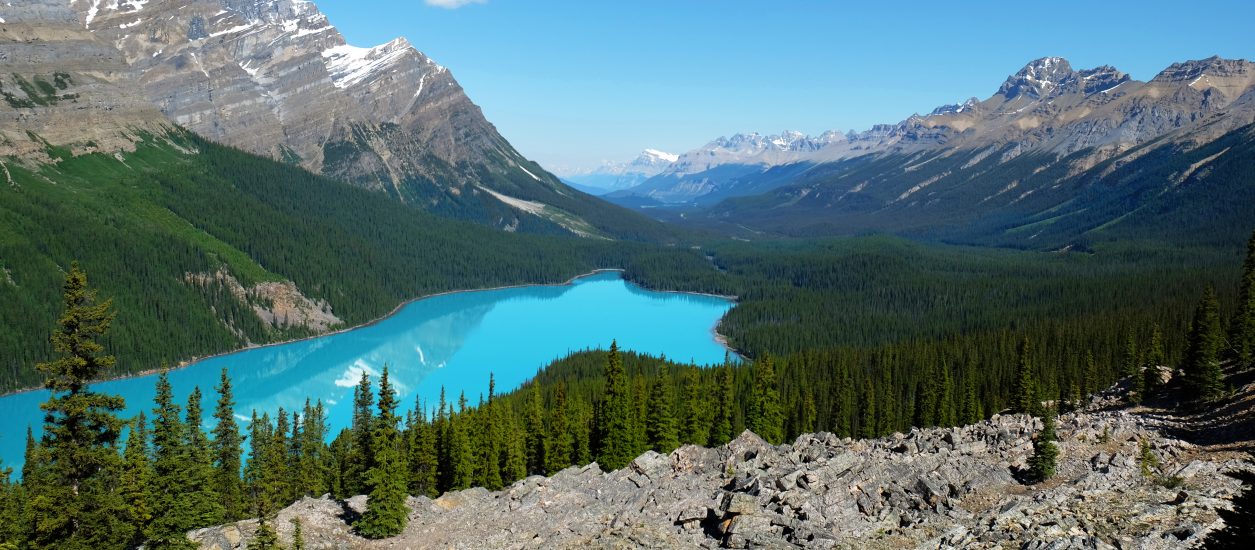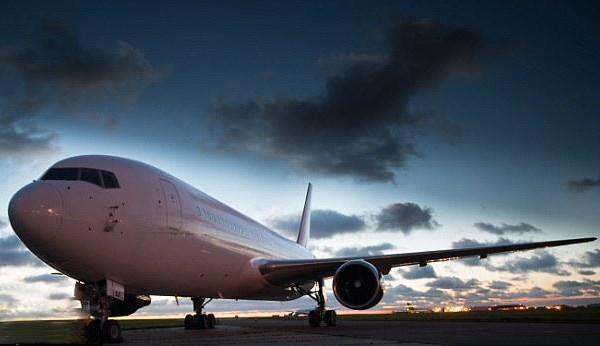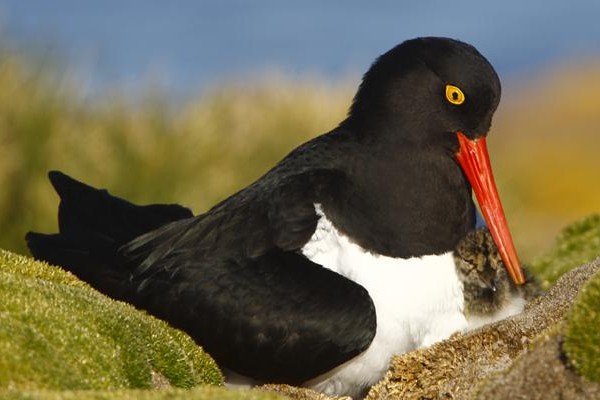ISLANDS Like No Other: The FALKLANDS
It’s time to venture somewhere a bit different. The Falkland Islands lie just off the southeastern tip of South America, offering wonderful wildlife, interesting terrain and plenty to see and do…
The Falkland Islands are a remote South Atlantic archipelago, situated approximately 400 miles off the southeastern tip of South America with rugged terrain and cliff-lined coasts. Its 778 compact islands and islets make up a total land area of 12,173 square kilometres – approximately half the size of Wales – and are home to abundant birdlife, flora and fauna.
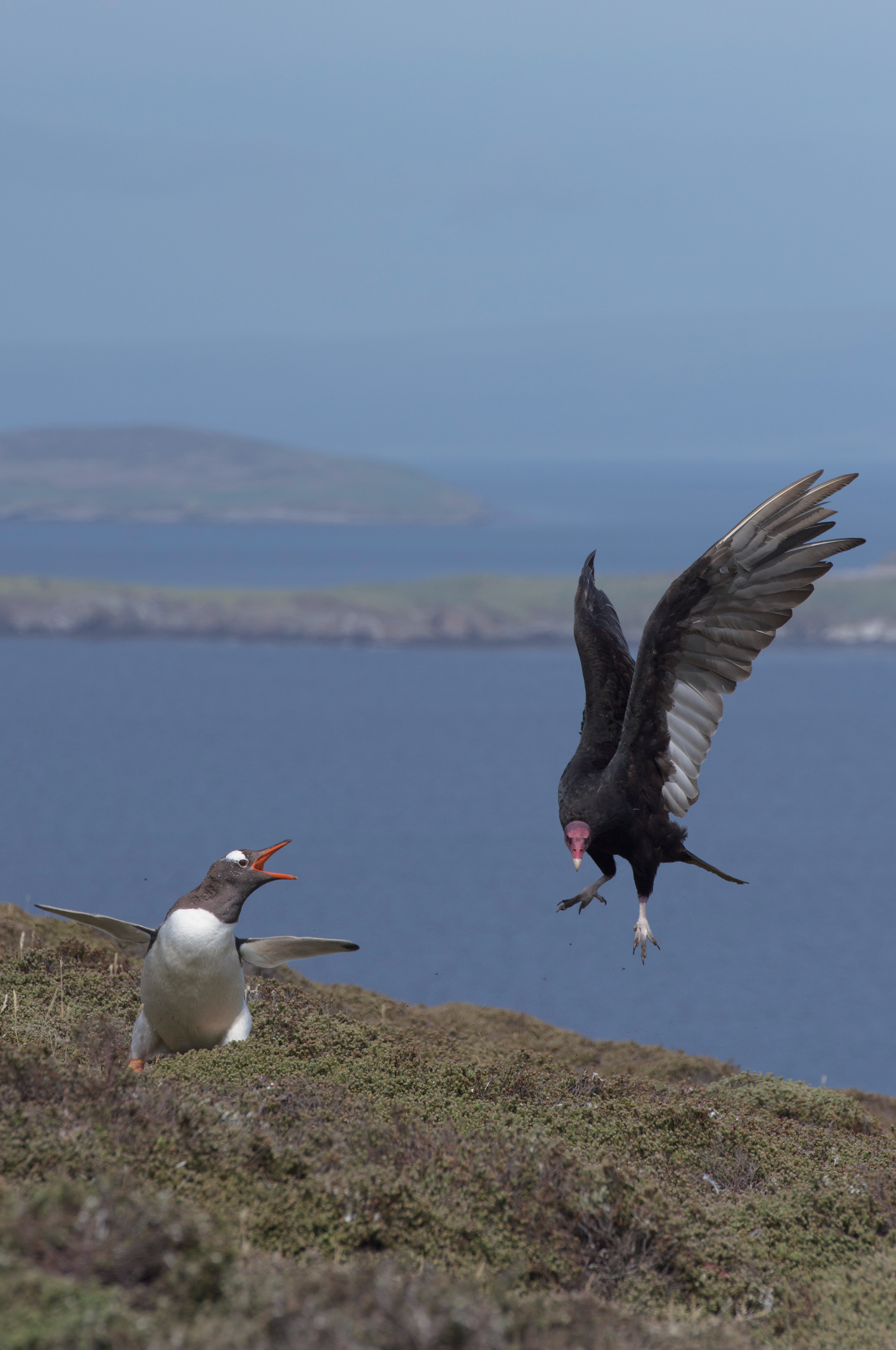 According to 2006 Census figures, the Falklands’ population is just under 2,500. Over 2,000 people live in the capital city, Stanley alone: equivalent to 85% of the total population of the Falklands. It’s safe to say Stanley is a must-see for visitors to the Islands, whether you’re coming by air or sea. Stanley sits on the largest of the islands, East Falkland, and includes the Falkland Islands Museum, with themed galleries devoted to maritime exploration, natural history and the 1982 Falklands War, among other subjects. West Falkland is linked to the East by air and ferry services as well as the outer islands and settlements, which are renowned for their natural beauty and wildlife. Workboat Services operates a ferry service between New Haven on East Falkland and Port Howard on West Falkland, allowing vehicles and passengers to travel between the two main islands. With many cruise liners now heading here within their itineraries, the Falklands are a dramatic and wonderful place to experience by water. More than 30 companies now bring their cruising customers to the Islands and vessels generally visit Stanley and take in the views as they voyage onward to the Antarctic Peninsula, South Georgia and selected South American ports.
According to 2006 Census figures, the Falklands’ population is just under 2,500. Over 2,000 people live in the capital city, Stanley alone: equivalent to 85% of the total population of the Falklands. It’s safe to say Stanley is a must-see for visitors to the Islands, whether you’re coming by air or sea. Stanley sits on the largest of the islands, East Falkland, and includes the Falkland Islands Museum, with themed galleries devoted to maritime exploration, natural history and the 1982 Falklands War, among other subjects. West Falkland is linked to the East by air and ferry services as well as the outer islands and settlements, which are renowned for their natural beauty and wildlife. Workboat Services operates a ferry service between New Haven on East Falkland and Port Howard on West Falkland, allowing vehicles and passengers to travel between the two main islands. With many cruise liners now heading here within their itineraries, the Falklands are a dramatic and wonderful place to experience by water. More than 30 companies now bring their cruising customers to the Islands and vessels generally visit Stanley and take in the views as they voyage onward to the Antarctic Peninsula, South Georgia and selected South American ports.
The Falklands are also easily accessed by two major flight routes: from Santiago every Saturday morning, flying via the southern Chilean city of Punta Arenas, and direct from the UK. Approximate flight time from Santiago to the Falklands is 6 hours (including the Punta Arenas stop-over). Total flight time from Oxfordshire on an MoD operated air service is 18 hours, including a refuelling stop on Ascension Island at the mid-way point.
In addition to exploring what Stanley has to offer, inland and off the coast of the Islands, visitors can often see the huge array of wildlife. More than 220 species of bird reside on the Islands, including 5 species of penguin and over 60% of the world’s black-browed albatross population. There are also 14 species of regularly occurring marine mammal, such as the Southern Elephant Seal, Southern Sea Lion, Commerson’s dolphin, Peale’s dolphin, and Killer Whale (Orca) alongside 350 species of plant. Due to the proximity to the Antarctic (around the same distance as London is from the North Pole) the Falklands are generally cool in the summer, but warmer than England in the winter. Summer brings long daylight hours and temperatures of around the mid 20s°C.
The Falkland Islands have an extensive internal road network linking most points of interest and major settlements, so it’s easy to see all the sights you wish to see whilst here. If taking to the road as part of your holiday, be prepared to set aside anywhere from 1-4 hours to drive between settlements and points of interest. Despite a large portion of the Islands being made up of mountain ranges, the terrain is fairly flat, so driving is a good choice, especially if you hire an experienced guide to drive you. The speed limit in Stanley is 25mph and a maximum of 40mph on the open road.
- Arrive at Mount Pleasant Airport and transfer to San Carlos where you can visit the site of the British landing in 1982 and the British cemetery, as well as wander through the museum.
- Take a Falkland Islands Government Air Service (FIGAS) flight to Pebble Island to discover the semiprecious stones and fantastic diversity of wildlife including up to four species of breeding penguin.
- Transfer with FIGAS to Carcass Island to enjoy the tranquility of this small island and close encounters with some of the world’s rarest birds, the striated caracara.
- Take a day trip by boat to West Point Island with spectacular cliff-top scenery, a Black-Browed Albatross colony and Rockhopper Penguins.
- Hop to Weddell Island – the largest in the archipelago after East and West Falkland-offering great walking and wildlife opportunities with plenty of open space for visitors to enjoy.
- Fly to Port Howard where you can experience a working farm and try your hand at a spot of fishing.
- Transfer with FIGAS to Sea Lion Island or Bleaker Island. Both are ideal to explore on foot due to the flat topography and you can discover a variety of wildlife.
- Take a flight on FIGAS to Stanley for two nights. Explore the Island’s capital on foot, visit the Falkland Islands’ Christ Church Cathedral, enjoy a stroll along the beach at Surf Bay, browse in the shops, pubs or restaurants. Or spend a day at Volunteer Point, the largest accessible king penguin colony in the world.
- Depart Stanley by vehicle for Mount Pleasant Airport and your onward journey. Don’t forget souvenir shopping before you leave!
To make your time in the Falklands as enjoyable as possible we recommend you book with one of our approved travel agents – located either here in the Islands or in selected overseas countries. To find a preferred agent, see the Travel Guide section, Operators at www.falklandislands.com
ISLANDS Like No Other: The FALKLANDS

